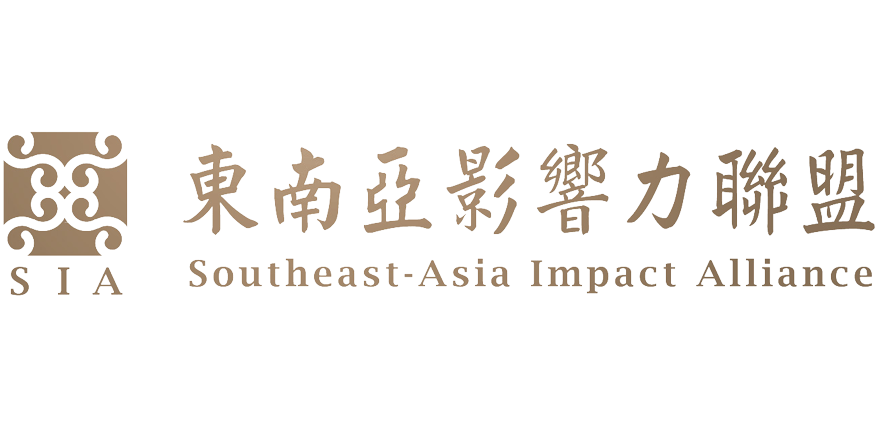Increasing Demand for Southeast Asian Tourists Leads to a Shortage of Tour Guides

疫後邊境開放,東南亞團客增加,但泰語、越南語等導遊卻供不應求。
After a year of border reopening post-pandemic, the tourism trade deficit continues to widen, impacting not only tour guides serving foreign tourists but also group leaders leading tours abroad, and it varies by language. Chairman Hsu Guan-bin of the Taiwan Tour Guide Association explained that although the post-pandemic tourism market appears to be recovering, it is uneven. Mandarin and Japanese language tour guides, which make up the majority, are experiencing a decline in group bookings this year, while Thai and Vietnamese language guides are in high demand.
According to statistics from the Tourism Bureau, as of September this year, there were a total of 46,687 tour guides in Taiwan, specializing in 15 different languages. Mandarin language guides were the most numerous, with over 35,000, followed by English with 7,281, Japanese with 4,102, Thai with 174, and Vietnamese with 168.
Chairman Hsu Guan-bin of the Taiwan Tour Guide Association pointed out that Mandarin language guides have traditionally served mainland Chinese tourists, Hong Kong and Macau visitors, as well as Malaysian and domestic tour groups. With mainland Chinese tourists not yet allowed to visit, approximately 85% of Mandarin language guides are without work. The significant reduction in Japanese tourists has also affected Japanese language guides, whose workload remains more than 50% lower than pre-pandemic levels. In contrast, English language guides have benefited from the recovery of European and American travelers in the second half of the year, as well as the revival of cruise tourism, and their workload has returned to 75-80% of pre-pandemic levels.
While some language guides are struggling to find work, the post-pandemic recovery of Southeast Asian tourists has led to a strong demand for Vietnamese and Thai language guides. To accommodate a larger number of tourists in the coming year, it is recommended to increase the quota for less common languages in tour guide certification and even expand the training of guides in additional languages.
Lee Chi-yueh, Chairman of Innovate Travel, mentioned that although group leaders have seen a quicker recovery compared to tour guides, Mandarin group leaders are still struggling due to the unopened mainland Chinese market. In addition, there is a consistent shortage of Korean language guides, both pre-pandemic and post-pandemic. English language guides often work part-time as group leaders or lead tours to Southeast Asian destinations.
Some industry observers note that overall inbound tourism has only recovered about 30%, and in terms of major markets, Vietnam has not only recovered but has exceeded pre-pandemic group levels. For instance, Cola Travel has discovered that the post-pandemic Muslim market is a new opportunity for Taiwan’s tourism industry, as tour groups tend to seek travel agencies for arrangements due to dietary factors. The number of people coming to Taiwan is showing remarkable growth and continues to be promising.”
Source:聯合新聞網 |Link
Visit our service |Link



